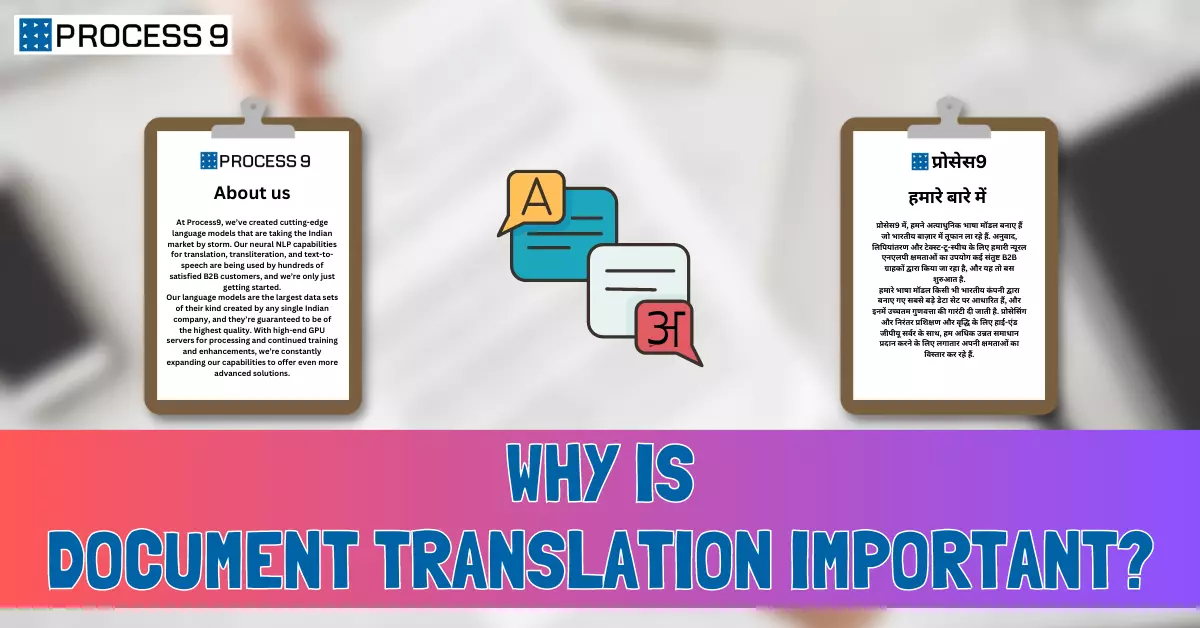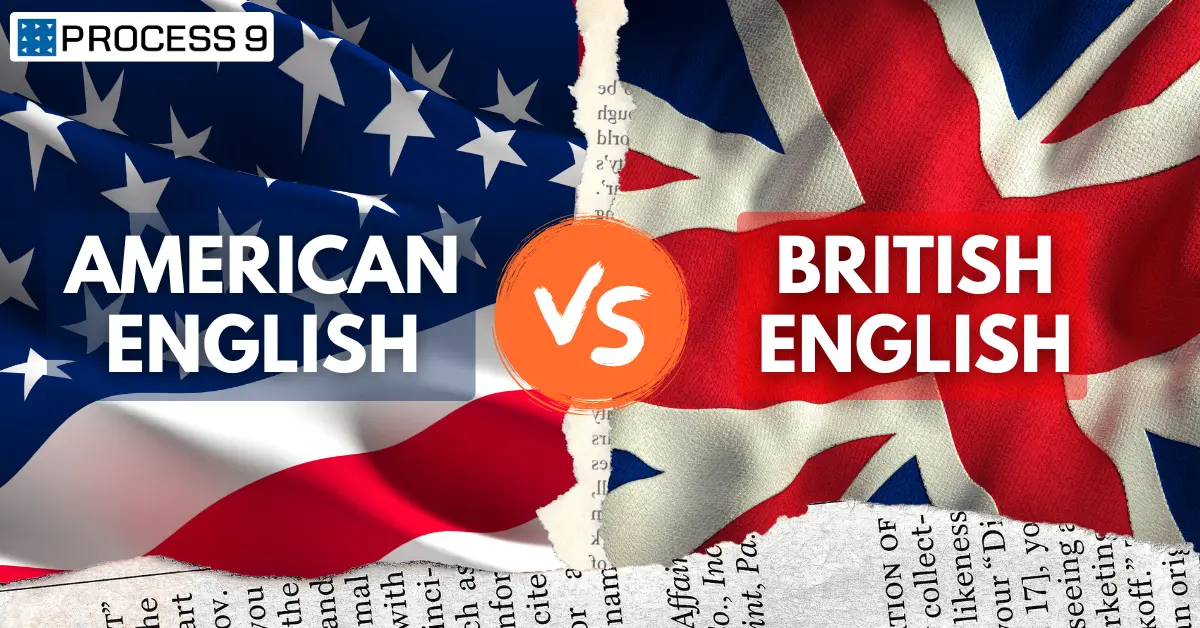The importance of document translation must be considered in today’s global business landscape. With companies expanding their reach across borders, it has become essential to communicate effectively with clients and partners who speak different languages. And, this is where document translation enables businesses to reach a wider audience, enhance communication between different cultures, and improve international relations.
Advantages of Document Translation
Here we explore the advantages of document translation:
Facilitates International Communication
One of the most significant advantages of document translation is that it facilitates international communication. When businesses, governments, or individuals communicate with people from different countries, it is crucial to understand their language and culture. Document translation helps to overcome language barriers and ensures that messages are communicated accurately and effectively. By translating documents, businesses can expand their reach to new markets, while governments can communicate with foreign officials and citizens more easily.
Increases Access to Information
Document translation also increases access to information. In today’s globalized world, information is readily available online, but it is often in languages people need help reading or understanding. Individuals can access information on various topics, including health, education, and business by translating documents. Translating documents can also preserve cultural knowledge and history by making them available to people who do not speak the same language.
Promotes Cultural Understanding
Document translation promotes cultural understanding. Language is an essential part of culture, and by translating documents, we can learn about different cultures and customs. This, in turn, helps to break down cultural barriers and promote understanding and tolerance. By translating documents, we can also preserve and promote minority languages and cultures, which may otherwise be at risk of extinction.
Helps with Business Expansion
Document translation can help businesses to expand into new markets. By translating marketing materials, product information, and customer support documents, businesses can reach a wider audience and increase sales. In addition, by translating legal documents such as contracts, businesses can ensure that they comply with local laws and regulations, which is essential when entering new markets.
Improves Educational Opportunities
Finally, document translation improves educational opportunities. By translating educational materials such as textbooks, course materials, and research papers, students can access a wider range of resources and learn about different cultures and perspectives. Translating educational materials also helps promote multilingualism and language learning, essential skills in today’s globalized world.
Also read:- How to Translate PDF for Free
Challenges in Document Translation
While document translation offers several advantages, there are also some challenges that businesses may face in the process.
Formatting Issues
One of the most common challenges in document translation is formatting issues. Different languages have different character sets and writing systems, which can cause issues when translating documents. For example, a document translated from English to Chinese may need help with text alignment, font size, and spacing. To address formatting issues, translators must have a deep understanding of both languages and be familiar with the cultural conventions of the target language. They must also be skilled in desktop publishing software to ensure that the translated document looks professional and is easily read.
Maintaining Uniformity
Maintaining uniformity is another significant challenge in document translation. In many cases, documents are translated by different translators, which can result in inconsistencies in terminology, style, and tone. To ensure consistency, it is essential to use a style guide or glossary that outlines the preferred terminology and writing style. This can help ensure that all translators use the same terminology and writing style, making the document easier to read and understand. It is also helpful to use translation memory software to store previously translated sentences and paragraphs for future use, ensuring consistency throughout the document.
Handling Repetitions
Handling repetitions is another challenge in document translation. Many documents, such as legal contracts and technical manuals, contain repetitive phrases and sentences. Translating these repetitions can be time-consuming and lead to inconsistencies if not done carefully. To address this issue, it is helpful to use translation memory software to detect and translate repetitive text automatically. This can save time and improve consistency throughout the document.
Creating a Balance Between Speed and Accuracy
Finally, balancing speed and accuracy is a significant challenge in document translation. Clients often require translations to be completed quickly to meet tight deadlines. However, rushing the translation process can lead to errors and inaccuracies, which can be costly and time-consuming. To create a balance between speed and accuracy, it is essential to use professional translators with experience in the document’s specific field. This helps ensure that the translation is accurate and meets the client’s requirements while also being completed promptly.
Tips to Do Document Translation
When it comes to document translation, accuracy, and effectiveness are paramount. A mistranslated word or phrase can have significant consequences, ranging from lost business opportunities to legal and financial liabilities. To avoid these risks, businesses must take a strategic and systematic approach to document translation.
Creating a Glossary
One of the critical challenges in document translation is ensuring consistency in technical documents and terminology. Technical documents often contain specialized language and jargon that may be different from another language. To ensure accuracy and consistency in technical document translation, businesses should create a glossary of commonly used terms. A glossary is a document that lists the specialized terms and their translations, along with any relevant context or explanation. By using a glossary, businesses can ensure that technical terms are translated consistently across multiple documents and that the translated documents are accurate and effective.
Creating a Style Guide
In addition to creating a glossary for technical terms, businesses should also consider creating a style guide to ensure consistency in translating marketing materials and other documents, such as website content. A style guide is a document that outlines the company’s tone, style, and voice and provides guidelines for translating these elements into another language. A style guide helps translators understand the brand personality and maintain consistency across multiple documents, ensuring that the translated documents are accurate and consistent in tone and voice.
Using a Translation Memory
Another effective tool for document translation is using translation memory. A translation memory database stores previously translated content, making it easier to maintain consistency across multiple documents. The translation memory includes a database of previously translated phrases and sentences, which can be reused for future translations. This not only saves time and reduces costs but also ensures consistency across all translated documents, making the translated documents more effective.
Using CAT Tools
Computer Assisted Translation (CAT) tools can significantly assist with document translation. Some tips for using CAT tools include segmenting the text into smaller units, creating a translation memory, using terminology databases, and reviewing and editing translations for accuracy and fluency. Segmenting the text makes it more manageable for the translator and the CAT tool and reduces the likelihood of errors. Creating a translation memory allows translators to store previously translated content, ensuring consistency across translations and reducing time spent on repetitive translations. Terminology databases ensure that translations are accurate and consistent across documents. Finally, reviewing and editing translations for accuracy and fluency is crucial to producing high-quality translations true to the original document’s intent.
To Wind Up
Document translation is a critical component of modern-day business, enabling companies to communicate effectively with clients and partners from different cultures and languages. MoxWords is a platform that offers efficient and accurate document translation services, allowing businesses to expand their reach and increase their international presence. Contact Process9 or subscribe to MoxWords today to learn more about our document translation services and how we can help you achieve your business goals.







Share: